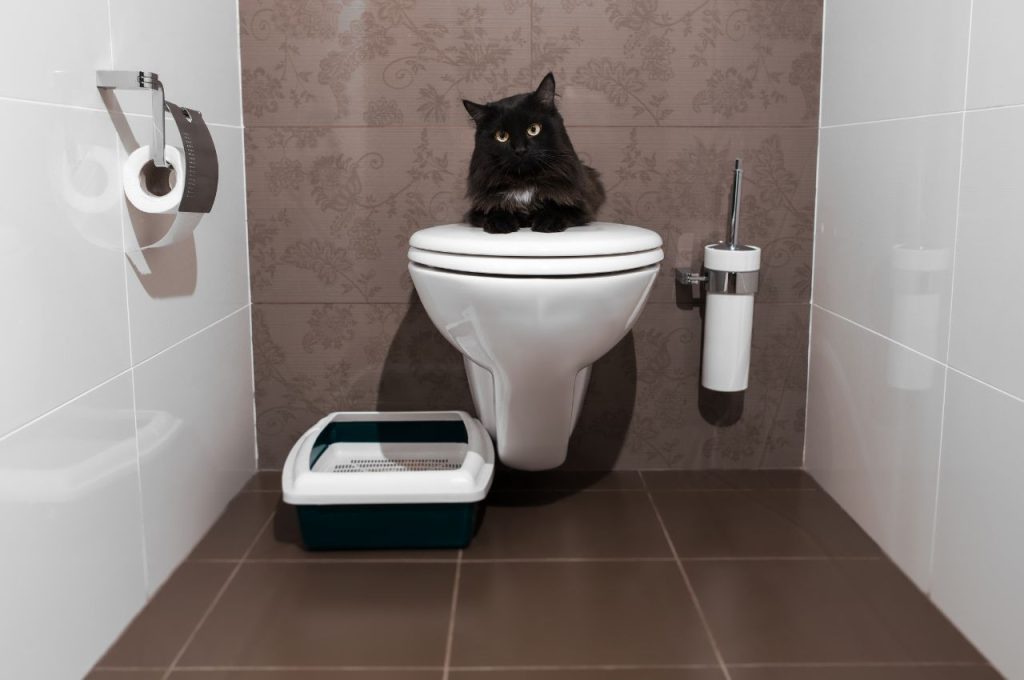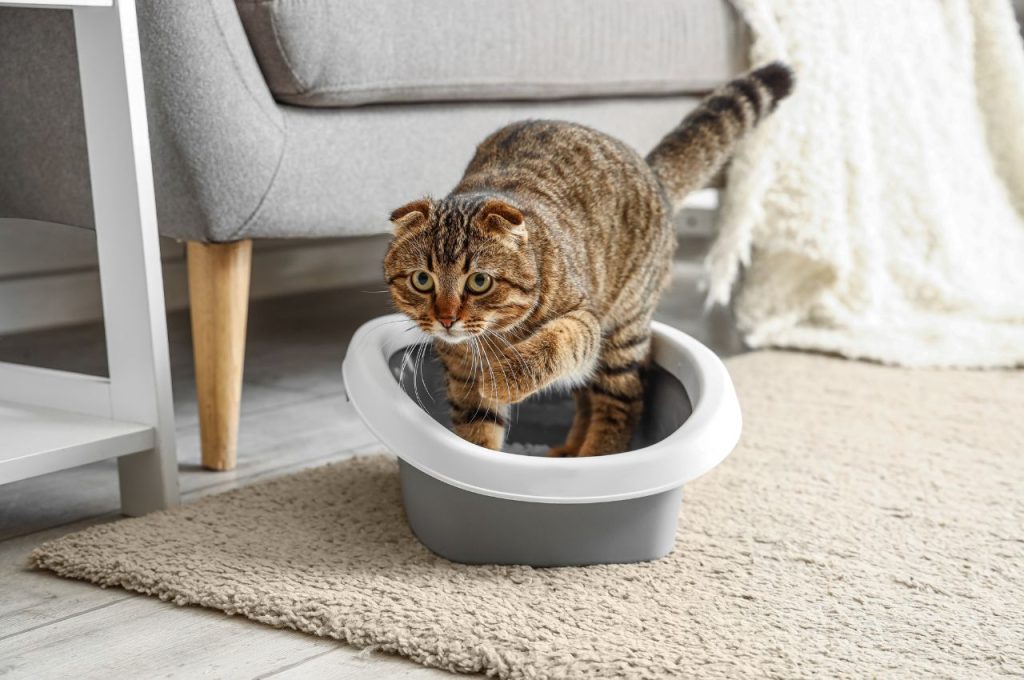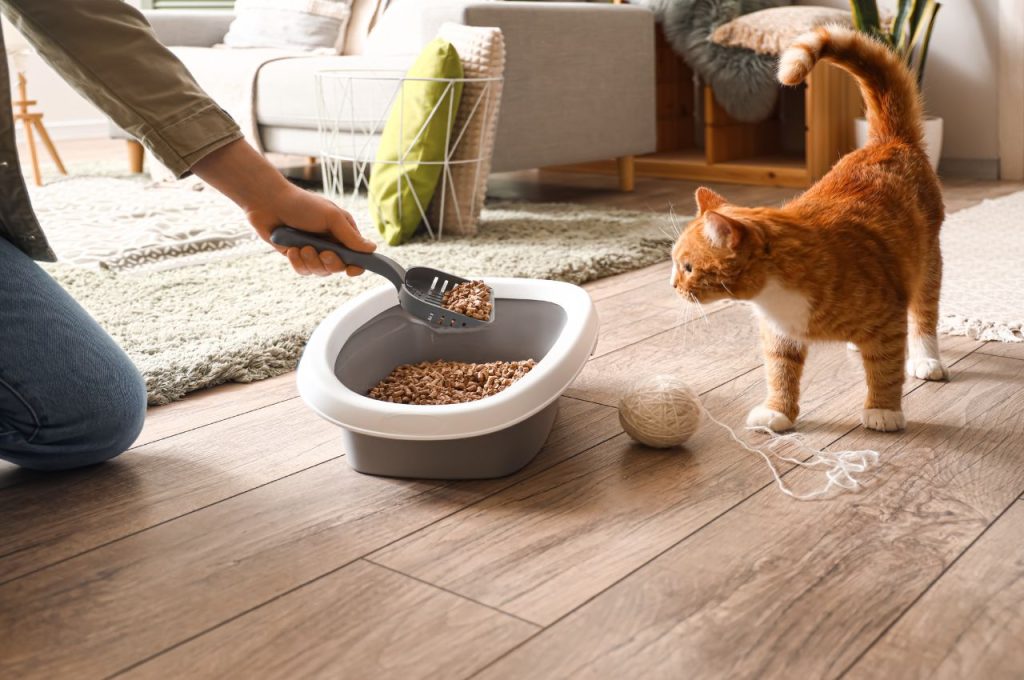Are you tired of dealing with messy litter boxes and the constant smell that comes with them? Have you ever wondered if it’s possible to teach your cat to use the toilet just like humans do? Well, you’re in luck! In this guide, we will delve into the fascinating world of cat training and explore the steps you can take to teach your feline friend to use the toilet like a pro. Teaching a cat to use the toilet may seem like an impossible task, but with patience, consistency, and the right techniques, it can be accomplished. Imagine the convenience of never having to scoop litter again or worry about litter box accidents.
Not only will toilet training your cat save you time and money, but it will also provide your furry companion with a sense of independence and eliminate the need for a traditional litter box. So, if you’re ready to embark on this exciting journey with your feline companion, let’s dive into the world of toilet training for cats, and discover how you can turn your cat into a confident bathroom user.
Guide to Training Your Cat for Toilet Use
Teaching your cat to use the toilet can save you from the hassle of dealing with litter boxes. It requires patience, consistency, and proper training techniques. In this article, we will guide you through the step-by-step process of teaching your cat to use the toilet.

Prepare the Bathroom
Before you start training your cat, make sure your bathroom is cat-friendly. Remove any hazardous items or cleaning products that may harm your cat. Set up a litter box near the toilet and gradually move it closer to the toilet over time. This will help your cat get used to the proximity of the toilet.
Additionally, consider using a special training seat designed to fit on top of your toilet bowl. These seats come with different-sized holes, allowing your cat to gradually adjust to using the toilet directly.
Introduce the Concept of the Toilet
Once the bathroom is ready, start introducing your cat to the toilet. Place the training seat or a sturdy object, like a piece of wood, on top of the toilet bowl. Encourage your cat to jump onto the seat by using treats or toys. Repeat this step daily until your cat feels comfortable jumping onto the toilet.
During this phase, make sure to praise your cat and offer rewards for any progress. Positive reinforcement will motivate your cat to continue with the training.
Transition to the Toilet Bowl
Once your cat is comfortable jumping onto the training seat, it’s time to transition to the toilet bowl. Replace the training seat with a shallow litter tray that fits inside the toilet bowl. Fill it with a small amount of litter to help your cat make the connection between the litter box and the toilet. Gradually reduce the amount of litter over time.

Ensure the litter tray is secure and won’t slip or slide. You may need to use adhesive strips or rubber pads to prevent any accidents. Monitor your cat’s progress during this phase and provide reassurance and rewards for using the litter tray on the toilet.
Remove the Litter Tray
Once your cat is consistently using the litter tray on the toilet, it’s time to remove the tray altogether. Allow your cat to use the toilet without the tray, but keep an eye on their behavior. If your cat shows signs of discomfort or reluctance, temporarily reintroduce the tray and gradually reduce its size until it’s no longer needed.
Be patient throughout this process as it may take several weeks or even months for your cat to fully transition to using the toilet without any assistance.
Maintain the Training
Even after your cat has successfully learned to use the toilet, it’s important to maintain the training. Keep the toilet clean and accessible at all times. Regularly check for any issues, such as a clogged toilet or litter stuck in the pipes. Provide your cat with praise and rewards for using the toilet consistently.
Remember, not all cats will be able to learn this skill, and it’s important to respect your cat’s preferences and limitations. If your cat shows signs of stress or discomfort throughout the training process, consider alternative options such as using a litter box or a litter box with a built-in sifting system.

Frequently Asked Questions
In this section, we will address some common questions about teaching a cat to use the toilet.
1. How do I start toilet training my cat?
When starting to toilet train your cat, it’s important to have patience and a gradual approach. Begin by placing a litter box next to the toilet and gradually raise it to the level of the toilet seat over several days. Once your cat is comfortable using the litter box on the elevated seat, you can introduce a special litter box that fits inside the toilet bowl. Eventually, you can remove the litter box entirely and let your cat use the toilet directly.
It’s important to note that not all cats will take to toilet training, and some may prefer using a litter box. Be prepared for the possibility that your cat may not fully transition to using the toilet.
2. How long does it take to toilet train a cat?
The time it takes to toilet train a cat can vary depending on the individual cat and their willingness to learn. Some cats may pick up the concept quickly, while others may require more time and patience. On average, it can take anywhere from a few weeks to several months to successfully toilet train a cat.
Consistency and positive reinforcement are key during the training process. Reward your cat with treats and praise whenever they successfully use the toilet, and be patient if there are setbacks along the way. It’s important not to rush the process and to allow your cat to progress at their own pace.
3. Can I use a regular toilet seat for my cat?
While it may seem convenient to use a regular toilet seat for your cat, it is not recommended. Regular toilet seats are designed for humans and may not be suitable or comfortable for cats. Instead, it’s best to use a specially designed cat toilet seat that fits securely onto the toilet bowl. These seats often have a gradual incline and a hole in the center to allow your cat to balance comfortably.
Using a cat-specific toilet seat ensures that your cat has a stable and comfortable surface to use while eliminating the risk of accidents or injuries associated with using a regular toilet seat.
4. How do I transition my cat from a litter box to the toilet?
To transition your cat from a litter box to the toilet, it’s important to take it slow and gradually introduce the new method. Start by placing the litter box next to the toilet and gradually raise it to the level of the toilet seat over several days. Once your cat is comfortable using the litter box on the elevated seat, you can replace the litter box with a special litter box that fits inside the toilet bowl.
Continue to provide positive reinforcement and rewards whenever your cat successfully uses the new setup. Over time, gradually reduce the amount of litter in the special litter box until your cat is comfortable using the toilet directly. It’s important to be patient and allow your cat to adjust at their own pace.
Conclusion
Training your cat to use the toilet is a process that requires patience, consistency, and a positive attitude. Although it may take time to fully transition your cat from a litter box to the toilet, the benefits of a toilet-trained cat are worth the effort. Not only does this eliminate the need for litter boxes and odors, but it also provides convenience and peace of mind for both you and your feline friend.
By following the steps outlined in this guide and adapting them to your cat’s individual needs and preferences, you can successfully train your cat to use the toilet. Remember to celebrate each milestone along the way and enjoy the satisfaction of knowing you’ve accomplished something truly remarkable with your furry companion.
